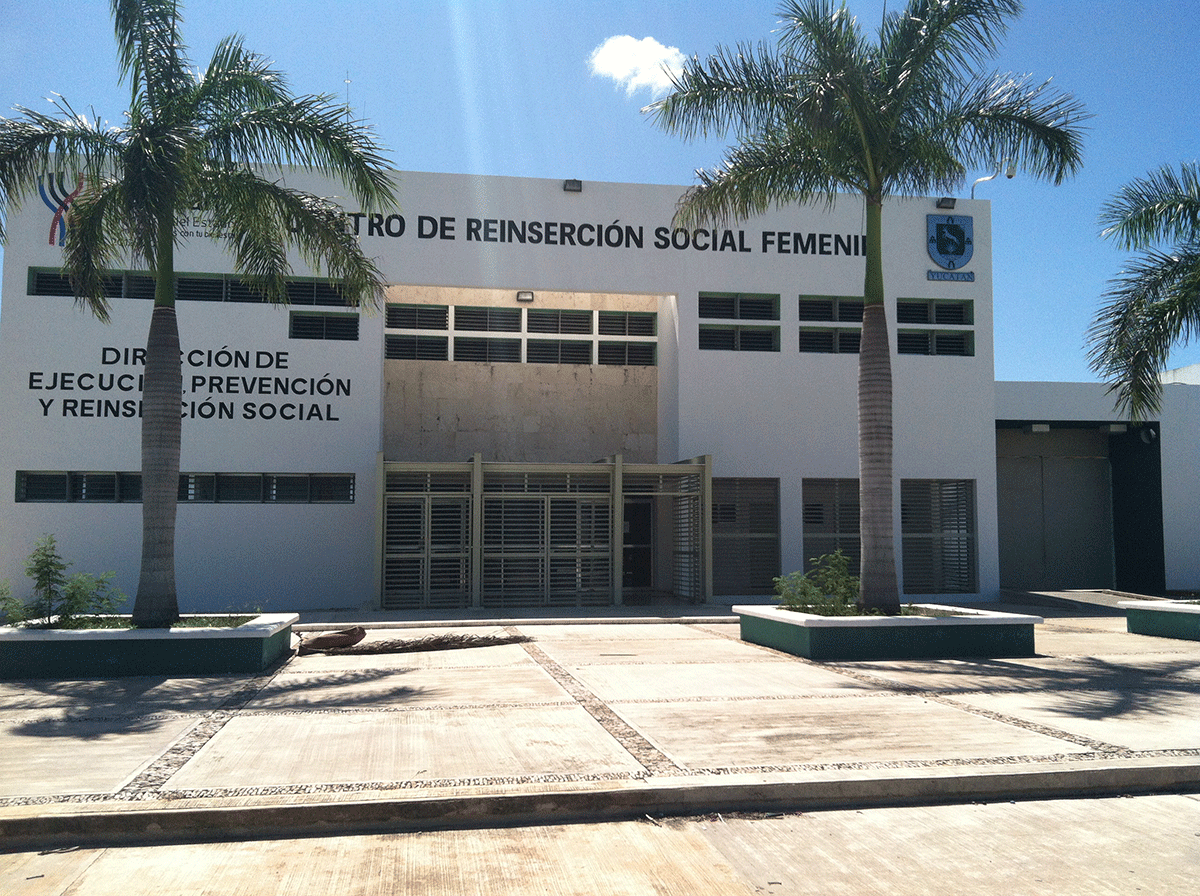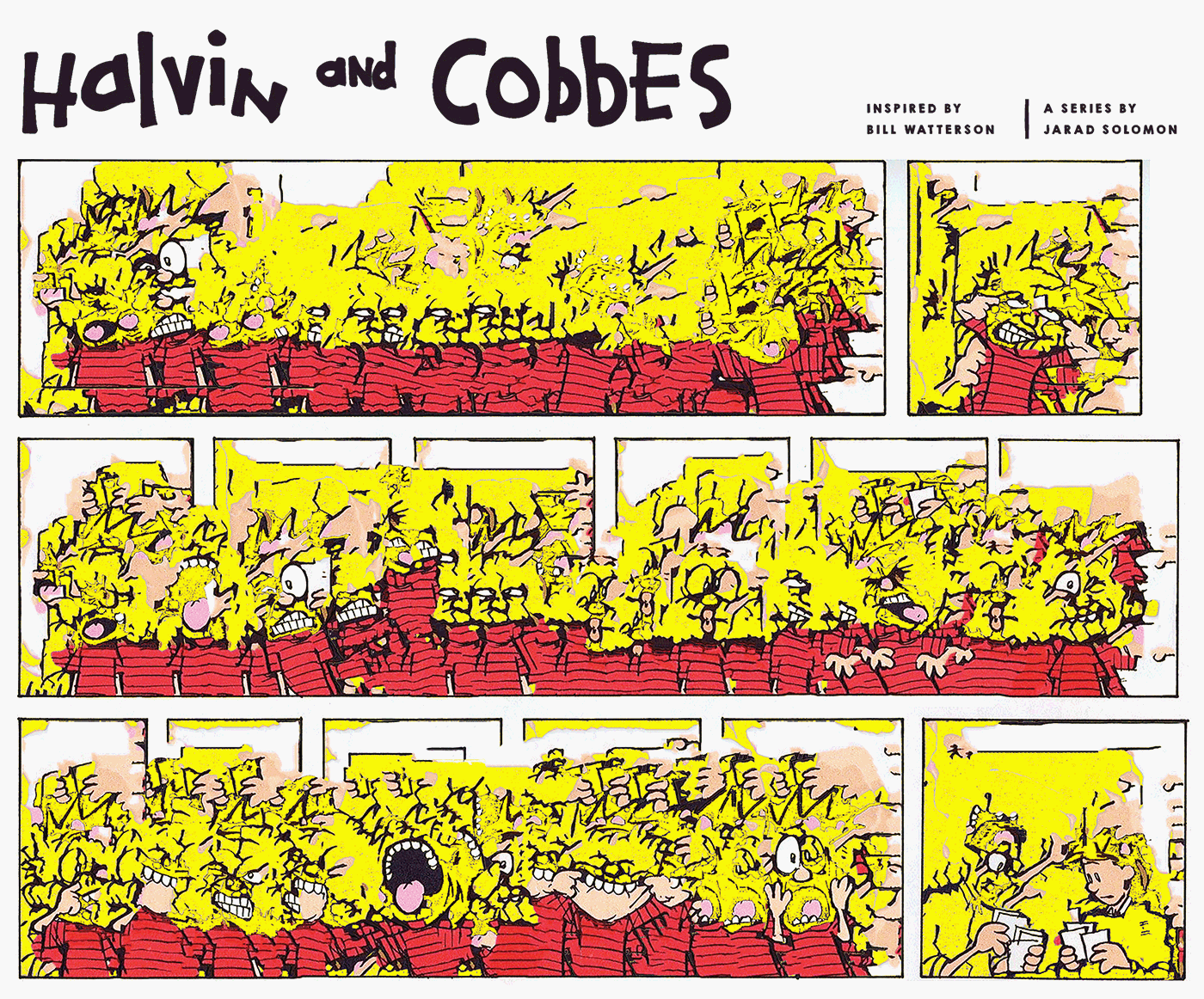
5 Questions profiles School of the Art Institute of Chicago (SAIC) students and faculty at work, in the school, and beyond. For this month’s edition of 5 Questions, I interviewed Tracy Montes, current first year in the arts administration and art history dual program at SAIC. Montes received her undergraduate degree in art history with a minor in women, gender, and sexuality studies from the University of Washington, in Seattle. She spent her adolescence in Mexico, but spent her young adult years in Seattle. In 2014, Montes taught art history classes at a women’s prison in Mérida, the capital of the state of Yucatán in Mexico. In the interview, Montes spoke at length about her struggles and successes with the project, the impact the women had on her life, and approaching her collaborators from the vantage point of humility and mutual respect.
Can you tell me a bit about your practice? How would you describe your work/process?
My background is in art history, and it was not supposed to be. It was supposed to be graphic design. But I took a class that was a requirement. The professor who taught that class inspired me so much that I wanted to change my major, and went on to major in art history. I minored in women’s studies at the same time. I was hoping there could be a way for me to share what I’m learning. I’m the first person in my family to go to university, and I’m paying for school by myself. I just feel like I have been able to knock down certain barriers. But it shouldn’t be just for my own benefit; I wanted it to be for others. So, I got the idea of working with inmates. I wasn’t sure if it was a good idea or a feasible thing. I just wanted to go knock on doors, talk to different prisons and directors and pitch them my idea and see what they think, to kind of combine art history with working with the inmates. I would describe my practice as very DIY, just going for it, not being afraid of people telling you “no” or not understanding where you’re coming from. Because nobody is going to believe in what you’re doing as much as you are.
Can you tell me a bit about the project with the women in the prison?
My idea was basically to organize a workshop or a class, an intensive class, focusing on art from the fourteenth to the twenty-first century. It was really fast paced. So we covered things from the Renaissance and then all different kinds of -isms: Surrealism, Cubism, Impressionism, and contemporary art, performance art. Based on the things that I shared with them, we would engage in discussions and make activities together.
You have to understand that a lot of them didn’t know how to read or write. They had maybe never left their city or traveled. I just wanted to make it alive for them, make art history alive. So that was mainly the format: me going there for two and a half weeks. It was four hours everyday. At the end we would have a chance to chat for a little bit.
What did that experience teach about your own practice?
You can have an idea and just take it and not be afraid to keep going no matter what happens. No matter how many no’s you get, keep going. It took me three years from the time that I had the idea to the time I could solidify it and make it happen. So it was a lot of persistence, a lot of patience, and also a lot of difficult times. There were a lot of times I doubted myself. But I had to go above that. There’s a quote by Emily Dickinson that says, “If your nerve deny you, go above your nerve.”
All of the people who believed in me, my professor, my friends, they kind of helped me go inside myself and not hear all of those voices, that were telling me, “No, it’s not possible. You need a fiscal sponsorship. You need a 501(c)(3). You need to be a registered non-profit.” I was able to get book donations from [an editor] in Mexico City who donated books about art history; the Seattle Art Museum donated posters and books as well. It was just amazing how people just came and gave. Some of them donated some money because I made a Kickstarter campaign.
Do you keep in contact with any of the women?
The 23-year old, she was an architecture student before she got into the prison. But before I left, she asked me for my email. And she said she wanted to be in contact with me when she left, when she was finally able to get out, but I haven’t had contact with them. I think about them literally all the time. I do keep in contact with the director and with the coordinator who allowed me to do it.
Was there anything about the work they produced that surprised you?
The collages that they made were mind-blowing to me. With just paper, glue, and clippings, they were able to put so many of their emotions onto a piece of paper. It was interesting to see that this symbol began to appear in almost every collage. The symbol was the image of a clock or a watch that they had incorporated in some way. If you see just one, maybe you don’t notice it. But when I saw that same symbol throughout the collages, it really broke my heart because their sense of time is completely distorted. They are kind of fighting against time, in a way, because they can’t just wait to get out. It’s almost like a huge weight they have to lift every day, and they can’t really talk about it because they are all in the same situation. I was not expecting to see that, to see it come out through the collage in that way.
One of the inmates told me at the end, “You know what? Before you came, I really felt that this thing, art history, was really boring. I thought it was just going to be really like, ‘What’s the point?’ But after what we’ve been talking about, I actually think it’s really interesting when you learn how to see.” Everything was worthwhile when she told me that, because you never know how much you can affect someone. But that’s always the goal, right? Even if it’s small.







